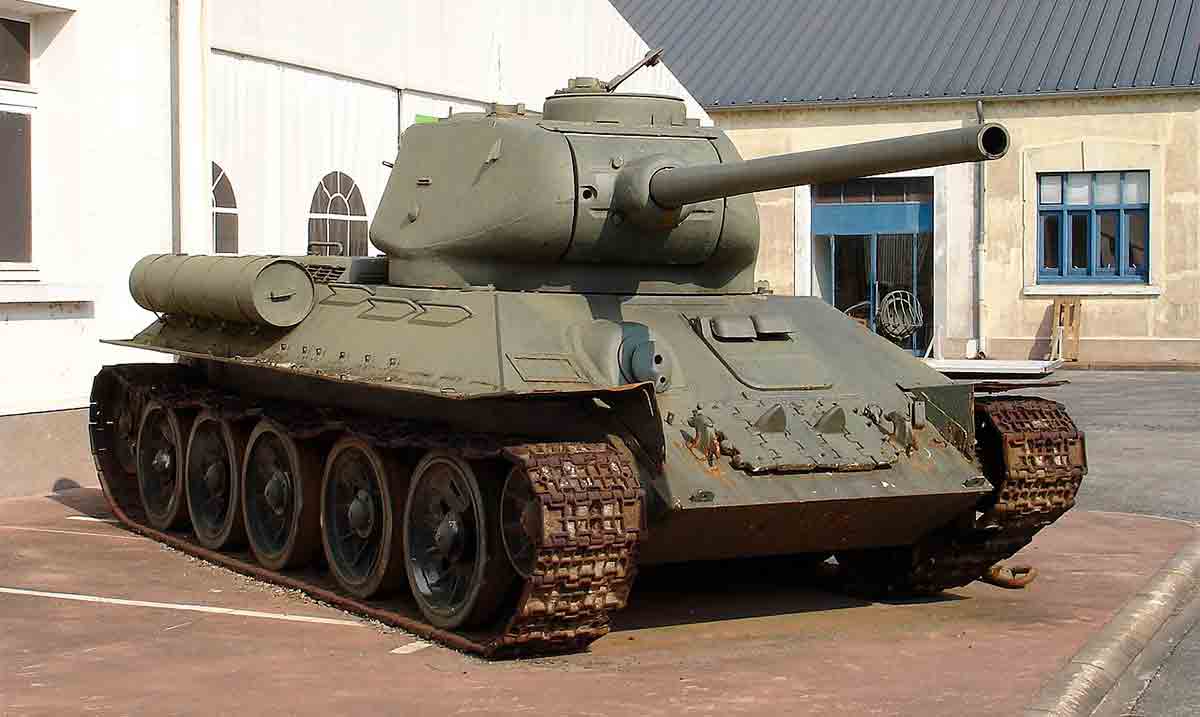
Eighty years ago, on January 23, 1944, the T-34-85 tank was adopted by the Red Army.
+ Click to watch the video of the T-34-85 racing against modern T-72 tanks
The need to improve the T-34 became evident during the Battle of Kursk. Leading the work on creating a new modification was the design bureau at Ural Tank Plant No. 183 under the leadership of Alexander Morozov; Designers from the Gorky Krasnoye Sormovo and No. 92 factories also participated in the project.
+ United States Approves $500 Million Helicopter Sale to Croatia
At the same time, in the late 1930s, designers included significant modernization potential in the T-34. It was this potential, combined with the vehicle’s improvement in Nizhny Tagil in 1941-1943, that made it possible to install a new and more spacious turret with enhanced protection, as well as a powerful 85mm cannon on the T-34-85.
Highly effective in defeating enemy infantry, the 85mm cannon allowed the T-34-85 to effectively confront German enemy tanks such as the Tiger and Panther.
The differentiated protection, combined with the successful shape of the armor structures and the low overall height of the vehicle, turned the T-34-85 into a challenging target on the battlefield. Despite the tank’s weight increasing by 6 tons compared to models from the early 1940s, the T-34-85 retained its mobility, range, and maneuverability in full.
“In terms of all the most important parameters – maneuverability, firepower, armor, and manufacturability – the T-34-85 had no equals. It was rightfully recognized as the best medium tank of World War II,” noted Alla Pislegina, Director of the Uralvagonzavod Exhibition Complex.
After World War II, T-34-85 tanks in their original, upgraded, or reconstructed form participated in all major conflicts of the second half of the 20th century. In some countries in the “global south,” they are still in service.
Video: Twitter @simpatico771

